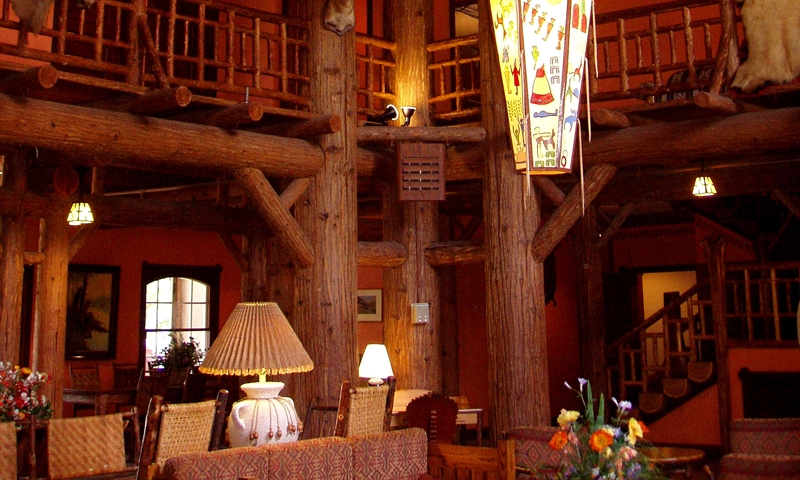Glacier National Park Museums & History
A few historic sites like the Museum of the Plains Indian and the Glacier Natural History Association offer a glimpse into the past.
The Flathead Valley, encompassing 2.7 million acres, is a place rich with history and tradition, with inhabitants over the years discovering a land rich in wildlife, scenery and agricultural opportunities.
Early Days
Native Americans were the first inhabitants of this rich valley. The tribes of Salish, Kootenai and the Upper Pend d'Oreille hunted and fished, taking advantage of the fertile region.
Early 1800s
As the fur trappers and traders made their way to the Flathead Valley, they found the land and climate perfect for their needs.
1806
The Blackfoot Indian and white man first met, when the Lewis and Clark Expedition came to the Flathead Valley.
1810
Jasper Howse set up the first fur-trading post, possibly on the north end of Flathead Lake.
1812
A Canadian explorer writes about Flathead Lake in his journal as he travels through the area searching for the headwaters of the Missouri River.
1846
Canada’s Hudson Bay Co. establishes Fort Connah near what is now St. Ignatius.
1854
Father Pierre De Smet converts many Native Americans to Christianity and begins the St. Mary Mission.
1870s
Homesteaders flock to the region and start to claim every bit of land they can, even that land part of Indian Reservation.
1880
A boat landing and a store are built on the Flathead River near Kalispell.
1883
The arrival of the Northern Pacific Railroad brings great growth to the region.
1885
The first steamboat on the Flathead Lake, the US Grant, starts hauling passengers and freight.
1887
Demersville is a town founded on the Flathead River, and later becomes a ghost town.
1890
Some soldiers are stationed in Flathead to deal with an uprising of Kootenai Indians.
1892
The City of Kalispell is incorporated.
1893
Flathead County is established.
1895
The Conrad Mansion was completed, a home for one of Kalispell’s founding families.
1899
The first county high school opens.
Early 1900s
By the early 1900s there were more than 700 farms in Flathead Valley.
1903
The City of Whitefish is incorporated, heavily wooded and swampy though it was at the time.
1909
Columbia Falls is incorporated.
1910
A bill was signed creating Glacier National Park, originally only encompassing 1,600 square miles.
1929
A huge fire spreads across the mountains and into Glacier National Park, burning 103,000 acres, but creating new winter range for elk.
1938
The Kerr Dam is constructed at Polson, Montana.
1953
The Hungry Horse Dam, at 564 feet, is completed; the 11th tallest dam in the United States then and now.
1988
The Red Bench fire on Glacier’s west edge burns 37,500 acres.
1998
The Blacktail Mountain Ski Area opens near Lakeside.
2001
The Moose Fire burns across 71,000 acres of Flathead National Forest and Glacier National Park.
2004
Flathead County becomes the third-largest county in Montana with a population growth of 10% since 2000.




